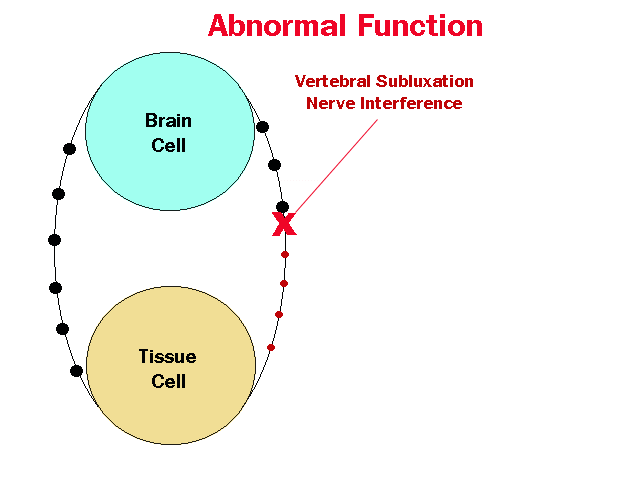Imagine yourself accidentally touching the hot stove while cooking breakfast. Ouch right? As we experience the burn, we feel an immediate sharp pain followed by a longer lasting, achy feeling. Now where do these unpleasant sensations come from?
Pain Perception, is the process by which a pain is relayed from the location of the painful stimulus to the central nervous system. One of the nerves present in the central nervous system called the sensory neurons are the ones that help you identify an object’s texture (may it be sharp, rough or smooth, hot or cold). They are also responsible for sending messages from parts of the body, such as skin and muscles, back to the spinal cord and the brain to let you sense pain and feel other sensations.

Pain Transmission. When we feel pain, pain receptors in skin sends impulses to the brain for perception and the processing of information. After that, interneurons send signals to a motor neuron for your body to take action.
As you experience actual or potential tissue damage such as burns for example, sensory neurons relay the painful stimulus and interneurons process the relayed information to pinpoint its exact location. After the processing of information, interneurons send signals to a motor neuron for you to take action. This quick reaction called a ‘reflex action’ is what prevents you from further tissue damage.
Lack of pain does not mean we are healthy
For many people, pain is the most common reason why they seek medical attention. They only go to the doctor when they feel pain. You may think that’s sensible, but that’s not really the case. Actually, pain is a very poor indicator of disease. While it is a warning sign that something is definitely wrong, lack of pain in the body still does not guarantee that you are perfectly healthy. In truth, you only have a limited 10% of your entire nervous system for sensing and perceiving pain meaning that the remaining 90% of the nerves can be severely stressed without any alarming signals.
What your body does not usually recognize
There are certain diseases that our bodies don’t usually recognize as they have no early signs or symptoms. An example would be the silent coronary heart disease (CHD) that may differ between individuals. Silent CHD may not be diagnosed until a person has signs and symptoms of a heart attack or a heart failure. Another good example would be the presence of subluxations. A vertebral subluxation is commonly known as the ‘silent enemy’ because the body hardly senses its early warning signs.

When subluxations occur there is pressure and irritation on the nerves. A nerve malfunction then happens and interfere with the signals traveling over those nerves. Parts of your body will not get the proper nerve messages and will not be able to function normally.
The safest way to determine if you suffer from subluxations is to receive a chiropractic checkup. Even in the absence of pain, periodic chiropractic evaluations helps check for the presence of subluxations and other spinal abnormalities that can negatively affect your nerve system flow.
Have you been checked for subluxations? Do not wait for warning signs to appear. Schedule your spinal check-up today.
